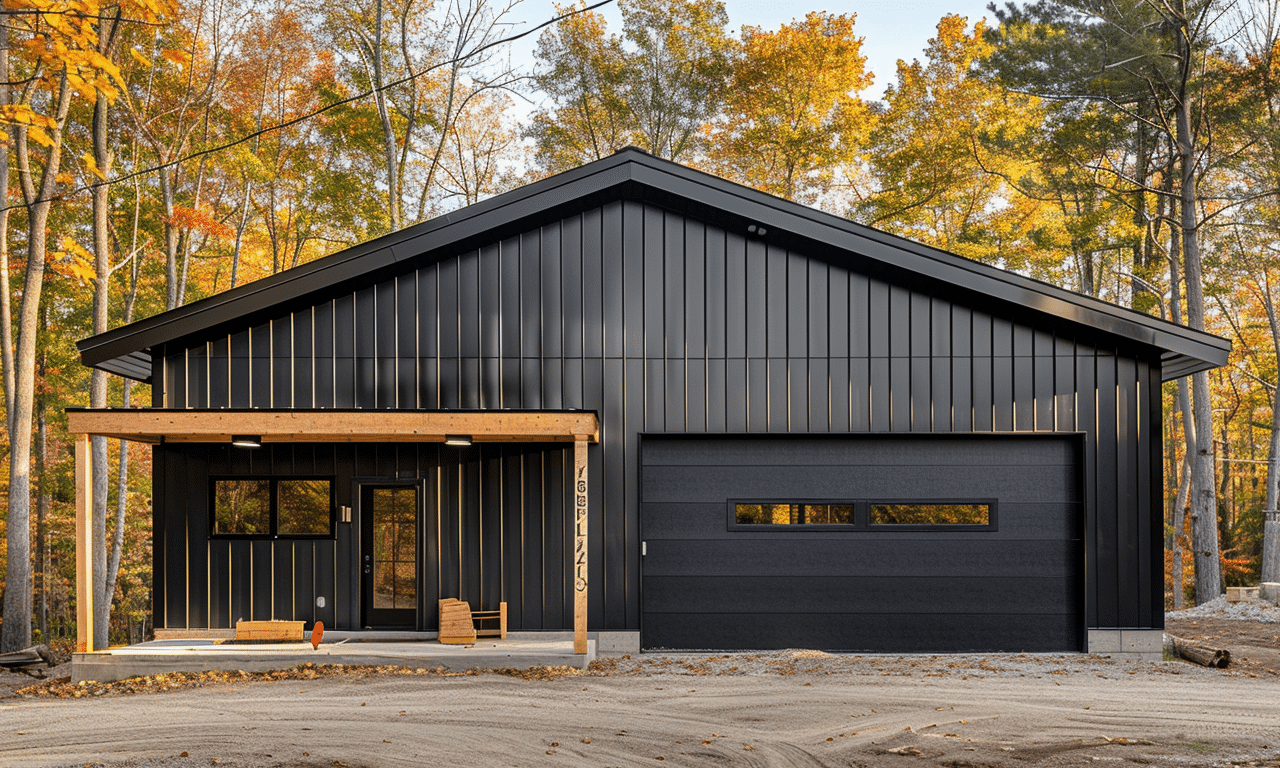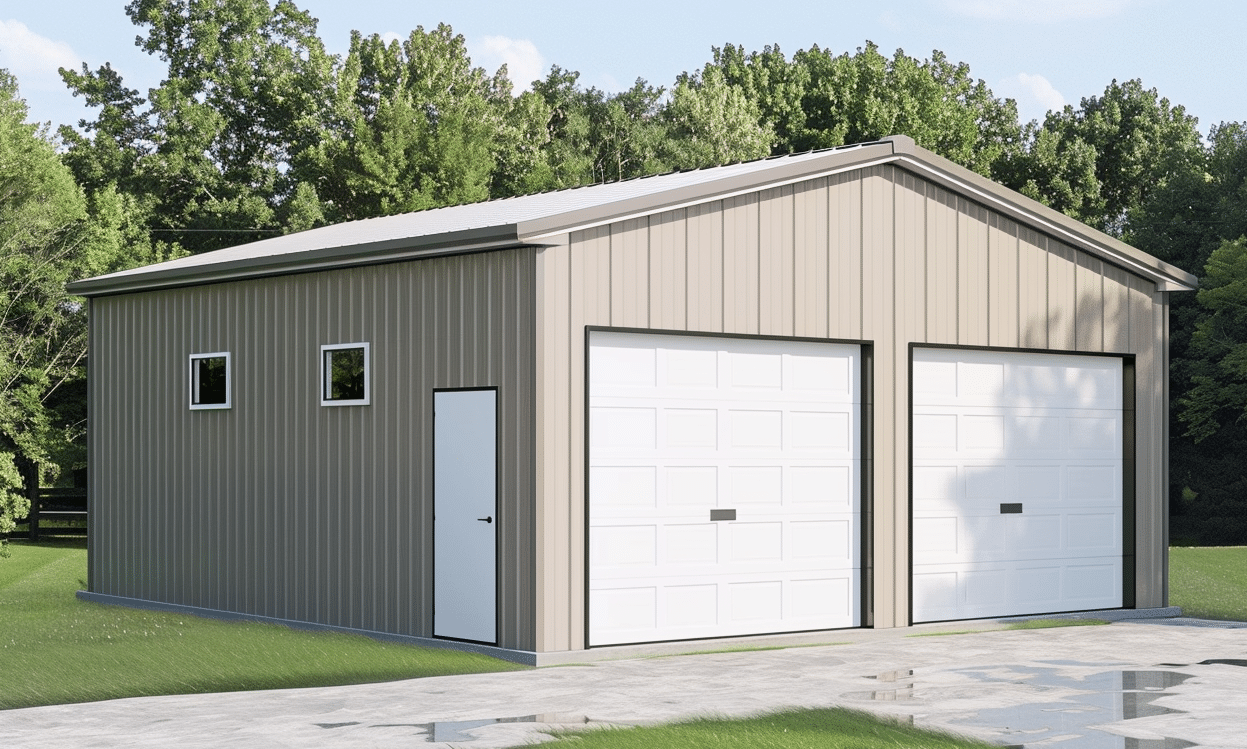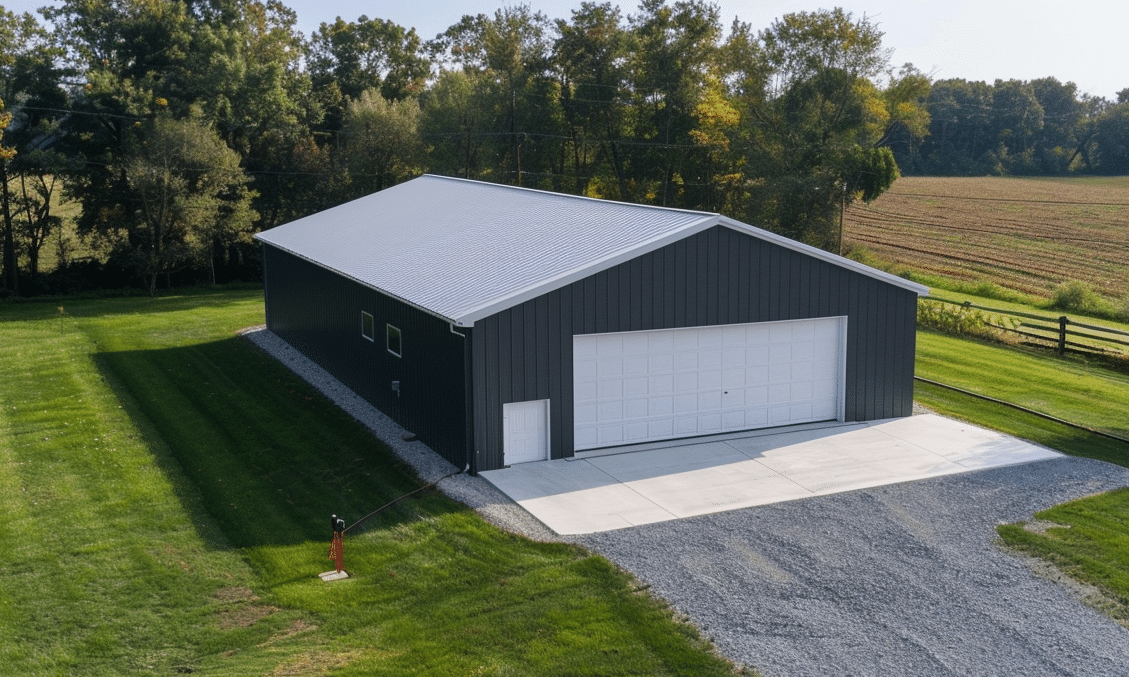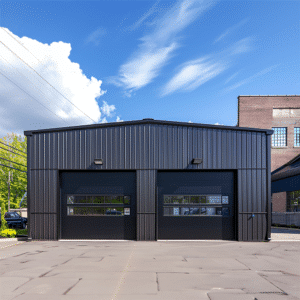Are you ready to transform your home into the living space of your dreams? Embarking on a home renovation project can be both exhilarating and daunting. Whether you’re reconstructing your basement or adding a sleek, steel garage to your property, understanding how to budget effectively can make a world of difference. With smart planning and strategic financial management, you can bring your vision to life without drowning in debt.
Understanding Your Renovation Goals
Before diving into the nitty-gritty of budgeting, it’s essential to have a clear understanding of what you hope to achieve with your home renovation. Are you enhancing your living space, boosting energy efficiency, or increasing your property’s value? Knowing your goals will help you make informed decisions throughout the renovation process.
To start, list all the changes you want to make. Break these down into “must-haves” and “nice-to-haves.” Prioritizing your needs ensures you allocate funds effectively, tackling crucial upgrades first. For instance, if you’re renovating a basement, you might prioritize Waterproofing in basement construction to prevent future issues.
Research and Estimate Costs
Accurate cost estimation is the backbone of a successful renovation budget. Begin by researching the materials and labor costs in your area. Prices can vary significantly depending on location and contractor expertise. Online resources such as the Cost Estimation Guide for Steel Buildings can provide a solid foundation for estimating expenses involved in your project.
Consider visiting local hardware stores to get a feel for material pricing. Additionally, seeking multiple quotes from contractors can give you a comprehensive view of labor costs. Keep in mind, cheaper isn’t always better; quality workmanship can prevent costly repairs down the road.
Building a Realistic Budget
With estimated costs in hand, you can now create a detailed budget. Include a buffer—typically 10-20% of the total estimated cost—to account for unforeseen expenses. Renovations frequently encounter unexpected hitches (looking at you, vintage plumbing), so a contingency fund ensures these don’t derail your project.
Next, categorize your budget into sections such as materials, labor, permits, and others. This helps keep track of spending and reveals areas where you might cut back if needed. Regularly review and update your budget to reflect ongoing expenses.
Consider Financing Options
Let’s face it—some renovation projects require more substantial financial backing. If you’re eyeing an extensive overhaul, explore Financing Options for Steel Buildings and other forms of financing. These can include home equity loans, personal loans, or even financing directly through contractors.
While it’s essential to understand your financing options, be mindful of the risks associated with accumulating debt. Consult with a financial advisor to ensure decisions align with your long-term financial health.

Navigating Throughout the Renovation
Once renovations are underway, your budgeting efforts don’t stop. Regularly compare actual expenses against your budget to stay on track. If discrepancies arise, identify the cause; was there a price increase or change in project scope?
Remember, maintaining open communication with your contractor is critical. If costs or timelines shift, discussing these promptly can prevent overspending and project delays. Keeping receipts and expense records can also simplify tracking and serve as supporting documentation for future resale or insurance purposes.
Smart Ways to Save Money
A savvy approach to home renovation is knowing where and how you can make savings without skimping on quality. Consider these tips:
– **DIY When Possible:** For tasks that don’t require professional expertise, rolling up your sleeves and doing it yourself can cut labor costs significantly.
– **Buy in Bulk:** Purchasing materials in larger quantities can often secure discounts.
– **Reuse and Recycle:** Salvaging existing materials or fixtures can not only save money but add character to your renovation.
– **Timing is Everything:** Hiring contractors during off-peak seasons might fetch you better prices since demand drives costs up.
If you’re still in the planning phase and want a second opinion, visiting financial advice websites such as The Balance can also provide valuable insights on budgeting.

Looking Beyond the Price Tag
While it may seem appealing to cut corners for immediate savings, consider the long-term implications. Investing in high-quality materials and experienced professionals can offer better returns by enhancing property value and reducing future maintenance costs.
Remember, your budget isn’t just about evaluating what you can afford now but what adds lasting value. For instance, steel buildings offer durability and low maintenance costs, making them a cost-effective choice in the long run.

Final Thoughts
Embarking on a home renovation journey is an exciting adventure, each decision a brushstroke on the canvas of your ideal refuge. When equipped with strategic home renovation budgeting tips, the potential pitfalls become manageable milestones. As you transform your house into a home that reflects your personal style and needs, remember the power of proactive planning. Prioritize your goals, explore all your cost options, and maintain a vigilant eye on expenses to pave the way for a successful renovation.
With these guiding principles in your toolbox, you’re well on your way to not just completing your project but maximizing its potential to enrich your living space, and perhaps even your life.










